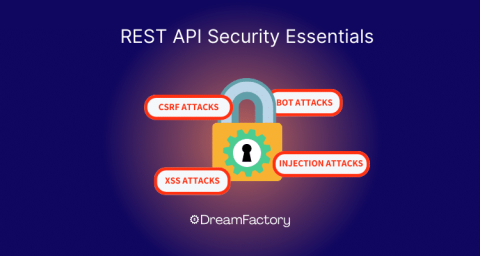12 Tips for Developing a Successful Data Analytics Strategy
Building a data-driven company starts with having a data analytics strategy. An effective data analytics strategy relies on three key components: people, processes, and data infrastructure. This ensures that your analytics strategy is actionable and accessible to everyone who needs it to make decisions. In this post, we’re sharing 12 tips to help you develop an effective data analytics strategy.











